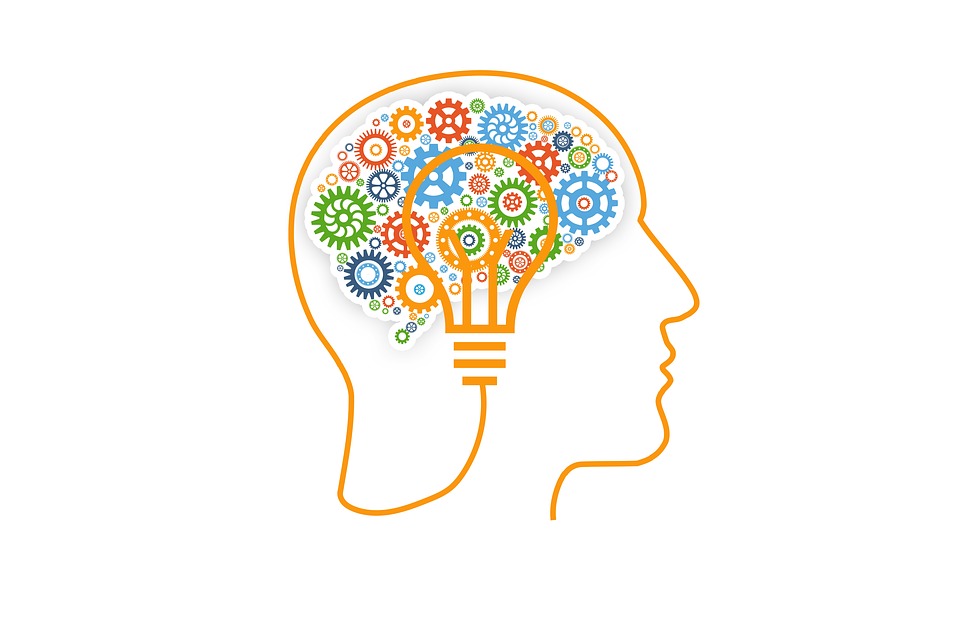In the early 1900s, scientists recognized that faint electrical activity was carried by nerve cells, much as telephone wires carry phone conversations. Several decades later, scientists discovered that chemical messengers relayed the electrical message across gaps between nerve cells. Since then, most biological treatments in psychiatry have used drugs to mimic or alter the chemical messengers of the brain. The one exception has been electroconvulsive therapy (ECT), discovered in the 1930's. Using electrical current to cause a massive, 'generalized' seizure in the brain, ECT has been relieved many individuals of the suffering of depression and other serious psychiatric conditions. One of the most effective treatments in psychiatry, ECT requires general anesthesia, and sometimes causes memory problems. Scientists have begun to develop newer treatments that use electrical and magnetic energy to change brain function, with fewer side effects and more precise targeting than ECT. The University of Michigan has been actively engaged in this research, which is summarized below.
Deep Brain Stimulation
Deep Brain Stimulation (DBS) involves the use of thin electrodes that are implanted in the brain, usually directed at targets deep in the brain. The electrodes are connected to a small, programmable stimulator, very similar to a cardiac pacemaker, lying under the skin. A surgical operation is necessary to open small holes in the skull and place the electrodes, using precision-guided techniques. The technology was first developed in the 1960's to treat chronic pain, and since then it has seen rapid growth, primarily for the treatment of Parkinson's disease and tremor. The first use of DBS for a psychiatric condition was at the University of Michigan, for a patient with refractory obsessive compulsive disorder.
Transcranial magnetic stimulation
Transcranial magnetic stimulation (TMS) uses a coil, applied to the surface of the scalp, which generates a magnetic field and induces an electrical current that can stimulate nerve cells in the brain. In the early 1990's, it was applied to patients with depression, using repeated trains of stimulation (hence the term, 'repetitive TMS' or rTMS). Numerous studies since then have demonstrated promising results for the treatment of brain disorders, particularly depression, and the technique was approved by the FDA in 2008 for the treatment of depression in people who failed to respond to one course of standard treatment.
Electroconvulsive therapy
Introduced in the 1930s, ECT is still considered the most effective and the most rapidly acting therapy for severe depression. Improvements in treatment delivery, increased safety, improved comfort measures, and enhanced anesthesia management have made ECT a safe and acceptable therapeutic option for severe or resistant mental illnesses. However, little is known about the mechanism underlying ECT’s effectiveness, nor can we identify those patients who might best respond to the treatment. The ECT program is conducting a study to examine whether the disturbances in sleep or stress hormone levels that are associated with depression might be used to predict response, remission, relapse, and side-effects in ECT. The results will be used to develop guidelines to optimize the use of ECT and to further our understanding of the biological mechanism underlying ECT’s effectiveness.



